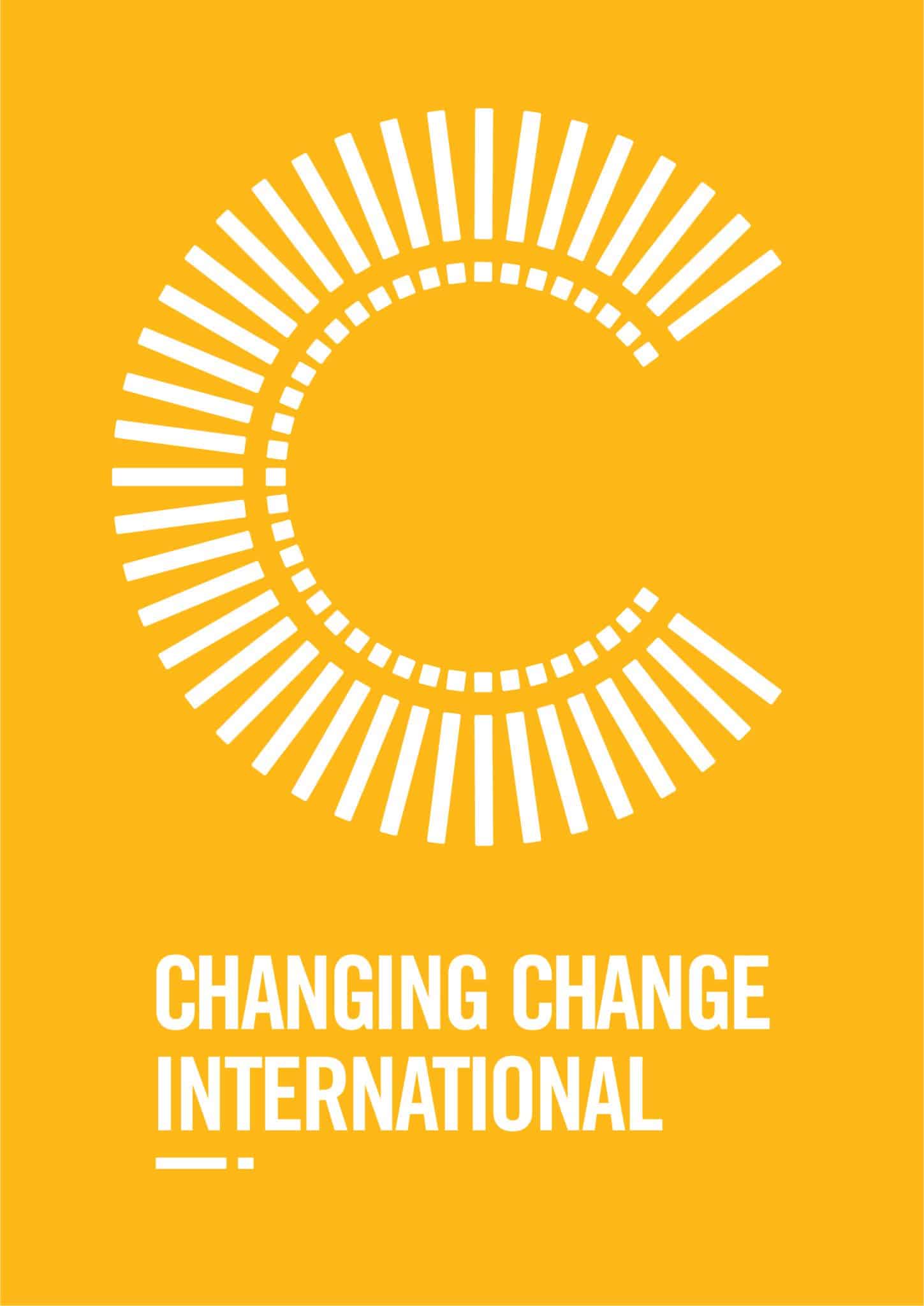Gratitude Isn’t Soft – It’s Strategic
Why psychologically safe, high-performing teams start with “What are you grateful for?”

GRATITUDE ISN’T SOFT – IT’S STRATEGIC
Why psychologically safe, high-performing teams start with “What are you grateful for?”
WHY GRATITUDE IS STRATEGIC
Most leaders have been there.
You call a meeting, and before the team even enters the room, your mind is already running through everything that’s about to go wrong. Missed deadlines, competing priorities, tough conversations – all competing for airtime. Often, meetings become a forum for finger-pointing, venting, or rehearsing frustrations.
But what if you shifted the tone entirely?
What if every meeting began not with a problem, but with a pause – and a prompt to reflect on what’s going well?
“What are you grateful for, and why?”
That’s the question Martin Creighan, former Managing Director of AT&T Australia (now at Commvault), asks his team at the start of every meeting. A simple but powerful practice, one he credits with transforming team dynamics, fostering psychological safety, and reorienting people to what mattered most.
“Start each meeting with a grateful share, asking ‘What are you grateful for, and why?’” Martin Creighan, MD of AT&T
Martin’s story is a compelling reminder that gratitude in leadership isn’t about sugarcoating reality – it’s about creating a mindset that fosters resilience, empathy and performance.
What the Research Tells Us
Gratitude, long studied in positive psychology, is increasingly recognised in organisational and clinical research for its tangible impact on wellbeing and performance.
-
A 2023 meta-analysis published in Frontiers in Psychology found that workplace gratitude interventions consistently reduced stress and anxiety, while boosting job satisfaction and psychological wellbeing.
-
Research from UC Berkeley’s Greater Good Science Centre has shown that expressing gratitude increases dopamine and serotonin, neurotransmitters associated with mood regulation, motivation, and bonding.
-
A 2022 study in the Journal of Applied Psychology found that leaders who expressed genuine gratitude fostered stronger team cohesion, more discretionary effort, and higher levels of trust.
In short? Gratitude isn’t just good for mental health. It’s good for business.
Why It Works in Teams
Gratitude is a powerful culture cue. It signals what matters, where attention should go, and what gets reinforced.
Done well, a gratitude practice:
-
Shifts attention to what’s working, even amid challenges.
-
Signals psychological safety, showing it’s safe to be reflective, imperfect or human.
-
Builds emotional awareness, offering insight into how your team is really feeling, especially when someone struggles to find something to share.
-
Strengthens relational trust by normalising appreciation and helping people feel seen.
Gratitude won’t fix systemic issues. But it will create the conditions for people to be more open, creative, and collaborative in how they address them.
What HR and Executive Leaders Can Do
If you want to harness the strategic value of gratitude – not just as a practice, but as part of your leadership culture – here are three ways to start:
- Normalise the “Grateful Share”
Open key meetings or team check-ins with the question: “What are you grateful for, and why?” Don’t force it – just make space for it. And go first, modelling openness and sincerity.
- Use gratitude as a diagnostic tool
Notice when people struggle to answer. It can be a subtle indicator that someone is under stress, disengaged, or not feeling psychologically safe. These moments offer an opening for a follow-up conversation, not a performance review.
- Reward appreciation, not just achievement
Encourage public gratitude between peers. Whether through a shared channel, a wall of thanks, or quick shout-outs in meetings, these rituals reinforce values and boost morale.
Final Thought: Gratitude Isn’t a Luxury – It’s a Leadership Lever
In today’s complex, fast-paced environments, leaders need every lever available to maintain trust, clarity and connection. Gratitude is one of the simplest – and most underutilised – tools we have.
“Gratitude turns what we have into enough, and more. It turns denial into acceptance, chaos into order, confusion into clarity… it makes sense of our past, brings peace for today, and creates a vision for tomorrow.” Melody Beattie
As Martin Creighan shows, starting with a grateful share isn’t about ignoring problems. It’s about choosing to lead from what’s strong, not just what’s wrong.
—
Martin Creighan was a #CULTURE17 and #CULTUREBites Conversation Leader
Watch as Martin shares how he used the practice with clients too.

